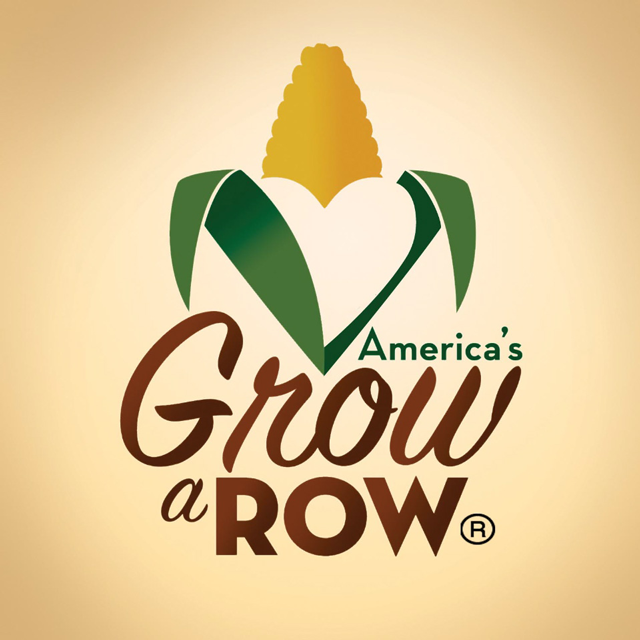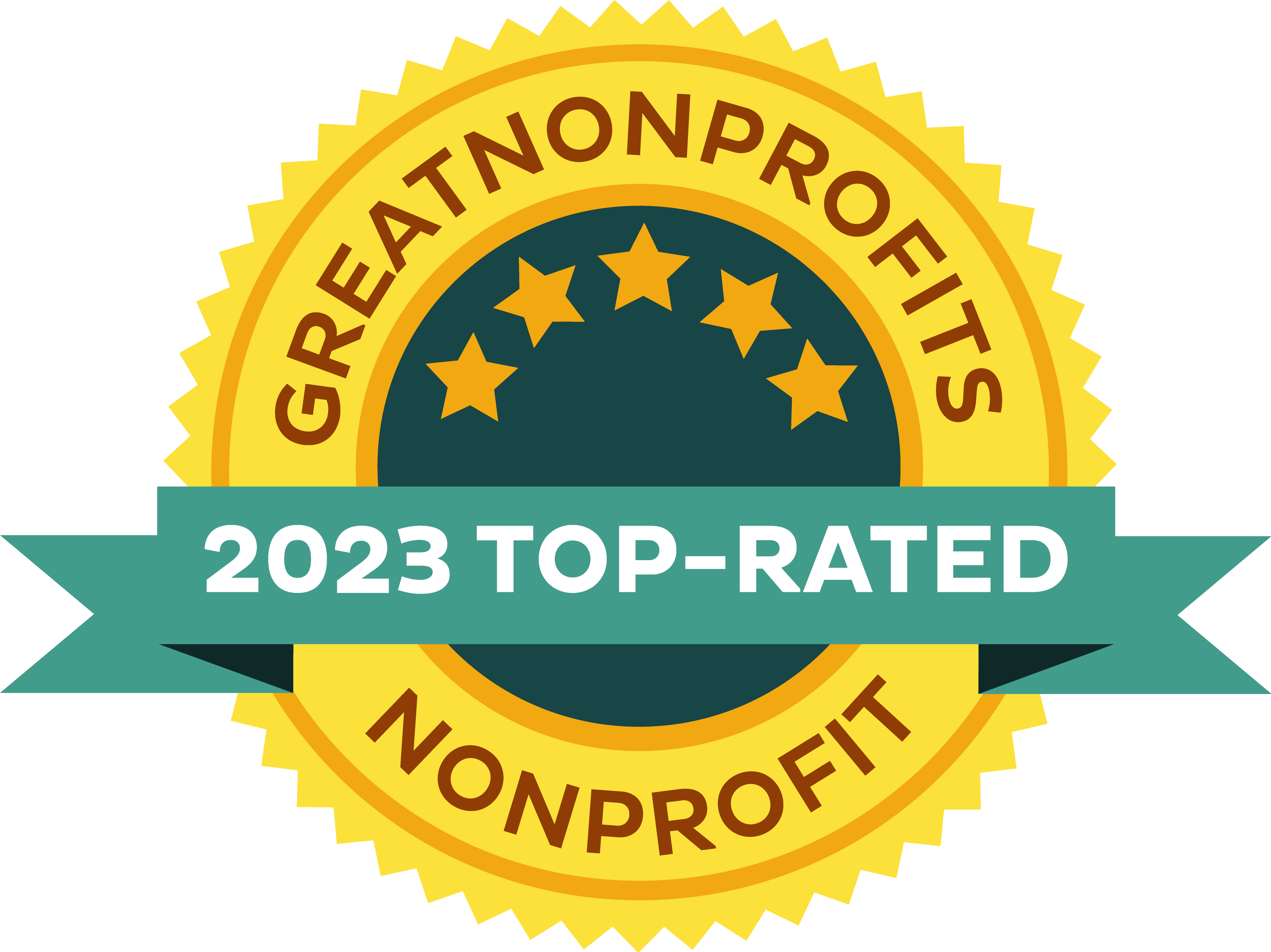What One Man Is Doing to Help Feed the Hungry
Chip Paillex started donating his extra food—and then 4,000 volunteers joined him.
PROMOTED BY
JUL 16, 2015 Takepart.com
By Taylor Orci
There’s too much zucchini.
Anyone who’s ever been the giver or the recipient of food from a garden knows this problem. If it’s your garden, at first you’re grateful food is growing at all. Then it quickly becomes too much. If you’re the one receiving said zucchini, eggplant, oranges or [insert fruit/vegetable here], it is customary to accept the bounty thankfully, then eat a few, maybe freeze a few, and watch the rest rot in a sad pile on the counter. I remember growing up, when my experiment growing corn in the side yard turned into a downright maize blitz. At 11, I remember being confused about why the neighbors and my parents’ friends weren’t lining up to haul away all this corn. It was an early lesson in supply and demand. There was a corn glut, and I had exhausted my base. No one wanted it. Not even for free.
Has anyone figured out a better thing to do with all that extra food?
Presenting Chip Paillex from New Jersey. Just like us, he decided one day to try growing food in a small garden with his family. Just like us, he had excess—120 pounds’ worth, to be specific. Paillex decided to donate that produce to a food pantry that had put a call out to gardeners that had grown more than they could handle. Here’s why Chip is special: He went crazy.
OK, more like super-crazy-inspired. Fast-forward 13 years, and Paillex has expanded his benevolent operation to nearly 170 tillable acres. With more than 4,000 volunteers and five farm locations, America’s Grow-a-Row is Paillex’s idea of donating excess from a family farm multiplied. Volunteers pick up food and deliver it to local drop-off points, or folks in need are encouraged to come to the farm and pick fresh food for themselves.
Eating farm-fresh food is different. Anyone who has taken a bite from a fresh tomato knows what I’m talking about. It almost seems like an absurd thought, but the first time I tried a nectarine that had been picked that day, I thought, “This is what food is supposed to taste like!” When folks who do not typically have access to fresh fruits and vegetables get them, they’re being put back in touch with the way food should taste. This, on top of the physical health benefits.
Could there be other health benefits as well? Science says yes. A 2009 study out of the University of Rochester found that “exposure to nature can affect our priorities and alter what we think is important in life. In short, we become less self-focused and more other-focused. Our value priorities shift from personal gain to a broader focus on community and connection with others.” Alternately, when folks have less exposure to nature, their behavior becomes more selfish.
America’s Grow-a-Row is helping feed communities, promoting physical health, and fostering mental well-being for the entire community. That’s way better than a pile of zucchini rotting on the kitchen counter.
This sponsored story is presented as part of our “Grow to Give” campaign in collaboration with Ford, to celebrate Ford owner and founder of America’s Grow-a-Row, Chip Paillex, and the ways his organization is going further to help individuals facing food insecurity.







